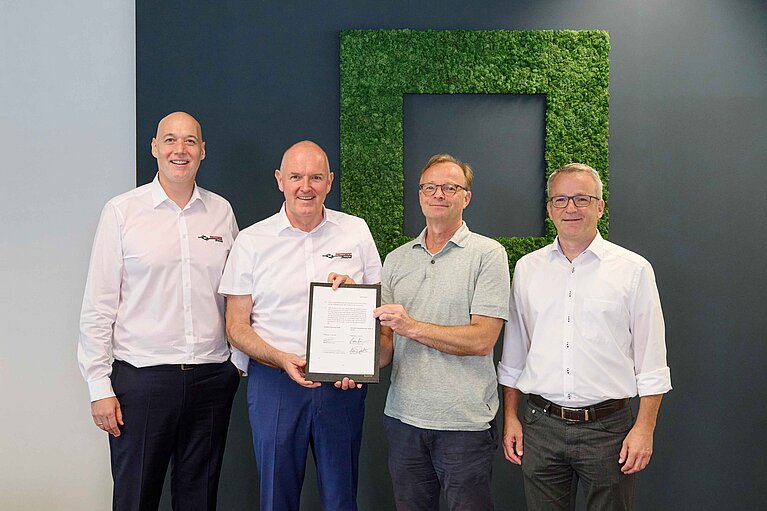Ultrasonic sealing of uncoated paper is a joining process that is as innovative as it is environmentally friendly, enabling packaging companies to save significant amounts of energy and resources. Patent holder Syntegon Technology GmbH recently handed over exclusive rights to the process to Herrmann Ultraschall. The company wants to move the process to market maturity and establish it in the packaging industry.
Until now, additional resources in the form of potentially environmentally unfriendly adhesives or staples have been needed to connect uncoated paper reliably. In the future, paper can be joined much more sustainably using ultrasonics alone. What has so far been successfully confirmed under laboratory conditions is now to be established on an industrial scale for the first time. For this purpose, Herrmann Ultraschall will test the innovative process with customers in its state-of-the-art ultrasonic laboratories on applications to further optimize it.
"Previously, we needed at least a small amount of plastic in the material to seal the paper with ultrasonics – now we can do without it completely. This opens up new possibilities for the eco-friendly design of packaging. On the way to a functioning circular economy, this is a major milestone," explains Thomas Herrmann, CEO at Herrmann Ultraschall. "We are delighted that, together with Syntegon, we have created the conditions to bring this innovation to series production."
"With the Herrmann Ultraschall Group, we have found a competent partner who will bring this promising technology to all packaging applications with fiber-based materials," says a delighted Dr. Johannes Rauschnabel, head of advanced development at Syntegon. "The ultrasonic expertise of our partner will create the conditions for a wide acceptance of the process in the market."
Ultrasonic welding of paper works similarly to plastics but with one crucial difference: the material must be moistened before the welding process. The welding tool, the sonotrode, transmits ultrasonic vibrations to the paper, causing the fibers to separate and form new bonds at the point of contact between the paper layers. The frictional heat generated between the materials causes the applied moisture to evaporate without damaging the paper. This produces a high-strength and visually flawless connection within a very short time.
The application areas for ultrasonic paper welding are diverse: from primary packaging, such as fruit trays made of thin cardboard, to secondary packaging, in the form of paper bags. Besides the savings in joining materials, the primary advantage for companies is the low energy input, fast process cycles, and shallow wear of the welding tools. In addition, uncoated paper can be recycled much more efficiently, further improving the sustainability balance of packaging.

